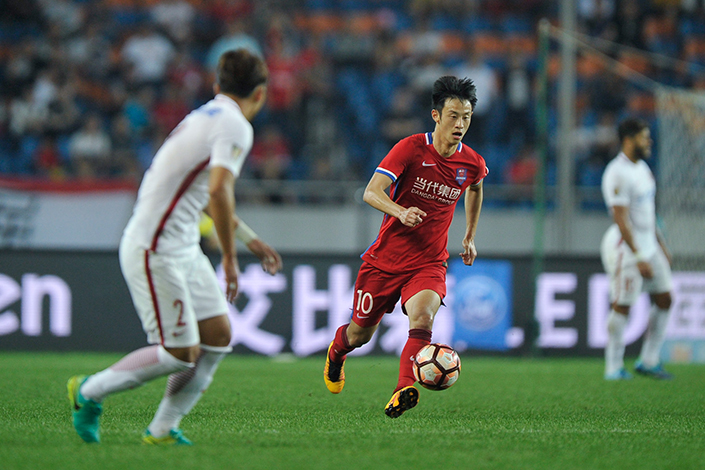AI-generated data graphics are transforming the landscape of sports broadcasting by enhancing the accuracy, clarity, and engagement of the information presented to viewers. Traditionally, sports broadcasts relied on commentators, slow-motion replays, and basic graphics to provide insights into the game. However, with the integration of artificial intelligence AI, the precision and depth of data visualization have reached new heights, providing audiences with more detailed and actionable insights. One of the primary ways AI elevates sports broadcast accuracy is through real-time data analysis. Sports events generate vast amounts of data, from player statistics to team strategies, in every second of the game. AI tools can instantly process this data, identify patterns, and create graphics that reflect the most relevant insights in real-time. For example, AI can track the movement of players on the field, analyzing player speed, positioning, and even predicting future movements. This allows broadcasters to deliver not just what happened but also potential outcomes, offering a level of foresight that was once unimaginable.

AI’s ability to perform complex calculations in a fraction of a second ensures that these insights are both accurate and timely, giving sports analysts a competitive edge. Another significant impact of AI-generated graphics is in enhancing the visual presentation of data. AI algorithms can take complex data sets and convert them into easily digestible visual formats, such as heat maps, player trajectory lines, or shot charts. These visuals allow viewers to better understand critical moments in a game. For instance, a football broadcast might show a heat map of a quarterback’s passing range, or a basketball broadcast could display shooting efficiency from various points on the court. These visuals provide instant context, making it easier for fans to grasp important metrics without needing deep statistical knowledge. AI can also adapt these graphics based on the flow of the game, dynamically adjusting the information presented to reflect the evolving context of the match. AI-generated graphics also play a crucial role in eliminating human error and increasing the consistency of data presentation.
In sports, accuracy is paramount, and any discrepancy in statistics or player information can lead to confusion or misinterpretation. AI-powered systems remove this risk by automatically updating and verifying data, ensuring that all metrics displayed on-screen are up-to-date and reliable. For example, in a fast-paced game like soccer, AI can automatically count the number of passes made by a player or track the number of tackles completed, instantly reflecting those changes in the 무료 스포츠 중계 without requiring manual input from analysts or statisticians. Moreover, AI allows for deeper analysis that can reveal insights previously overlooked by human analysts. Advanced machine learning models can detect subtle trends or anomalies that might go unnoticed in traditional analysis. AI can track not just individual player performance but also how specific player actions influence the overall team dynamics, allowing broadcasters to provide insights on team synergy or individual impact on the game that are more nuanced than what might be derived from basic statistics alone.



